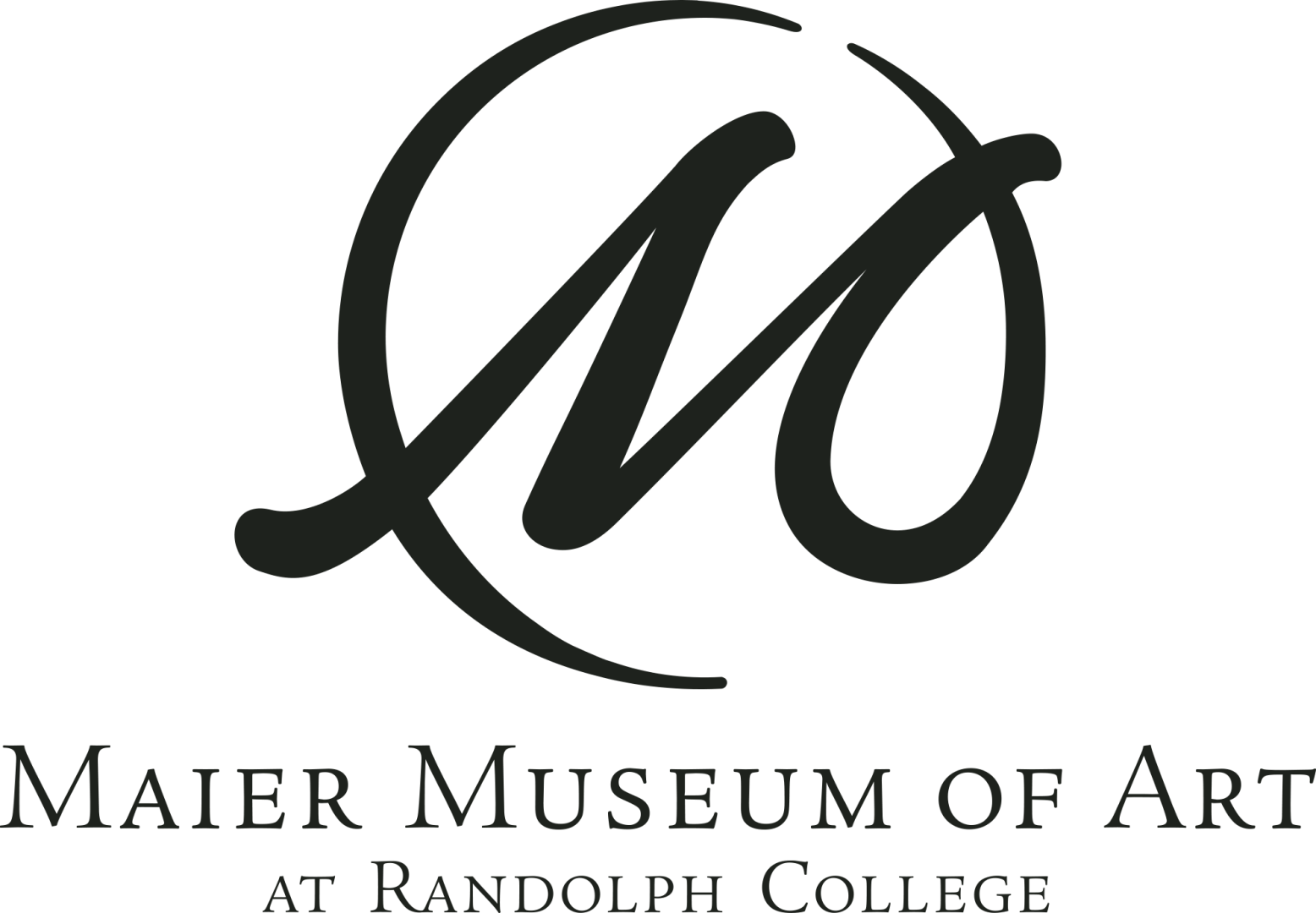THE ORIGINS OF ROMAN BATHING AT THE SANCTUARY OF POSEIDON AT ISTHMIA
Jon Frey, Associate Professor of Classical Studies, Michigan State University
Lecture at 5 p.m. | Doors open at 4:30 p.m.
In addition to being one of the most recognizable monuments at the site, the Roman Bath at Isthmia in Greece continues to yield surprising discoveries. Excavations in the 1960s through the 1980s revealed not only the 2nd c. CE structure but also parts of an earlier Greek-period pool of impressive dimensions—a fitting monument at a Sanctuary of Poseidon. Most recently, a re-investigation of the excavated material and associated documentation has revealed the presence of a third structure that fits in time between the other two. This presentation discusses these buildings by focusing on the discovery in this location of tegula mammata—a peculiar type of tile used in heating systems in Roman-style baths prior to the adoption of the more common tubulus. These artifacts provide evidence for changes both to Roman building practices of the 1st c. CE and to the athletic sanctuary as Romans from the re-founded colony of Corinth returned to Isthmia with their own unique needs and expectations.
Sponsored by Randolph College’s museum and heritage studies program and the Lynchburg Society of the Archaeological Institute of America (AIA Lynchburg).
Reception. FREE and open to the public.
Maier Museum of Art at Randolph College
1 Quinlan Street
Lynchburg, VA 24503
United States


